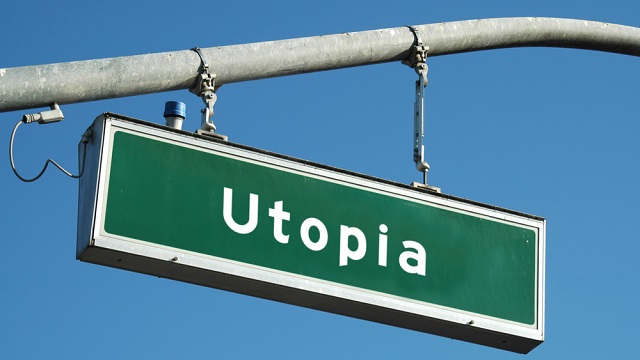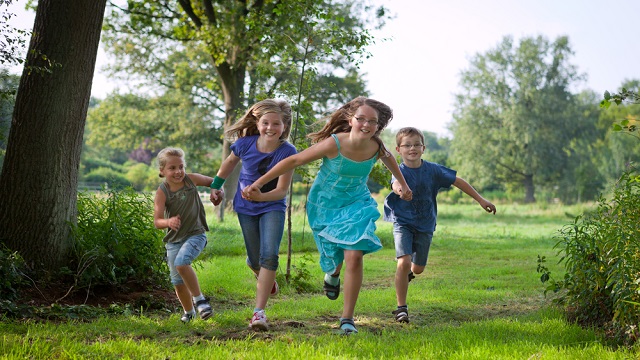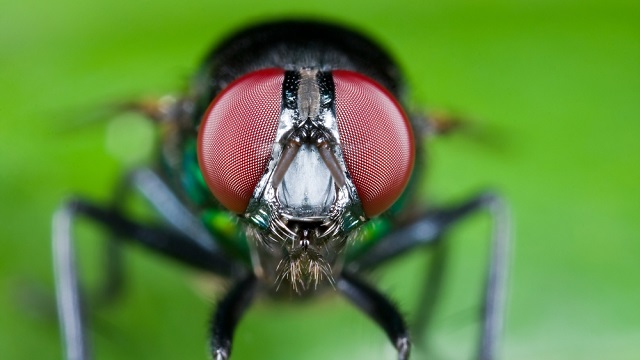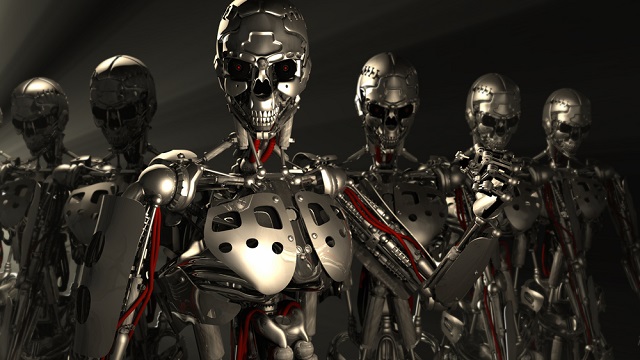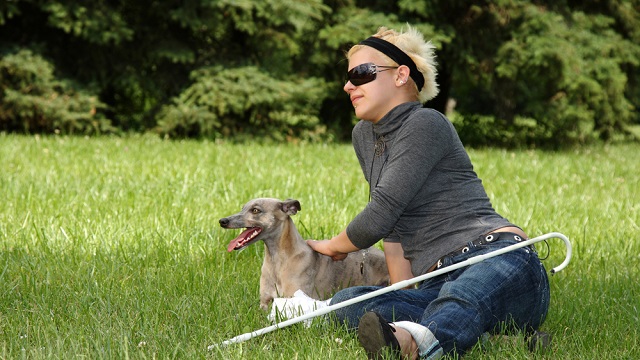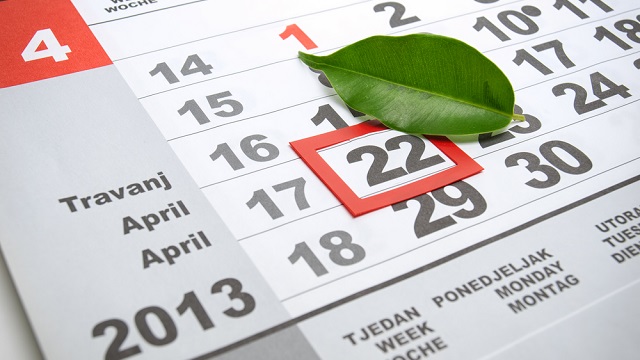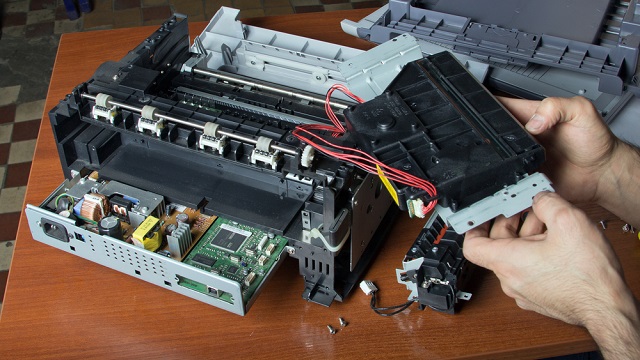Kecia Lynn
Kecia Lynn has worked as a technical writer, editor, software developer, arts administrator, summer camp director, and television host. A graduate of Case Western Reserve University and the Iowa Writers' Workshop, she is currently living in Iowa City and working on her first novel.
With a new ad campaign, the children’s charity may be one of the first of its kind to openly challenge social media participants.
Possibly…if the success of a Kickstarter campaign for the NPR/PRI show “Planet Money” is any indication. However, some say that it’s just a more modern way of how things have always been done.
Given the amounts of data each of us generates in a given year, we may soon be approaching the point where true anonymity will be “algorithmically impossible.”
While it’s not the first attempt to bring writers and researchers together for brainstorming, the Hieroglyph project’s focus is on producing aspirational outcomes at a time when darker fictional futures are in the spotlight.
At a recent event, a Qualcomm executive demonstrated how scattering small cellular base stations among homes in a neighborhood could provide users with stronger signals and more efficient data transmission.
University of Iowa researchers found that test subjects who played a particular video game for at least 10 hours exhibited a delay in cognitive processing loss by several years.
Or, more precisely, 11¾: The UK’s National Trust has released its second annual list of 50 things for young people to do out in nature.
If, as a new study claims, they can be clustered along specific routes and set for certain times of the day, home deliveries are much more environmentally friendly than individual trips to the store.
Designed with poor communities in mind, the $40 GiraDora works similarly to a salad spinner and allows its user to sit down, avoiding the pain associated with transporting water and washing clothes by hand.
Hedonometer.org, created by a team of University of Vermont mathematicians, provides daily estimates of the global mood based on a random sampling of 50 million tweets.
A single Eyefly 3D protector contains 500,000 tiny lenses — each the size of a single pixel — that create the illusion of depth by sending separate display data to each eye.
Brothers Ryder and Judd Kessler designed the DipJar to enable even plastic-only customers to leave something for good counter service.
Lancaster University researchers have created software that, when used in combination with a screen, can detect the gazes of up to 14 passersby and change advertisements accordingly.
Unlike other types of paper currently on the market, this version’s ultra-thin chips are embedded using a laser, making it much more versatile for banknotes and other important printed media.
Or, more specifically, an insect’s compound eye: Researchers built an array of individual lenses and detectors and then bent it into a hemispherical shape. The result is a scalable system that could surpass anything found in nature.
It took India’s Jadav “Molai” Payeng 30 years to plant what’s now a 1,360-acre haven for birds and other animals. He says the second one may take another 30 years “but I am optimistic about it.”
The Regional Cabled Observatory — the largest of its kind — will use underwater sensors and cables to transmit many different kinds of data about the northeast Pacific Ocean.
As more communities include cyclists in their infrastructure decisions, American electric bike manufacturers are extolling the virtues of their products, including ease of use and eco-friendliness.
A campaign launched Tuesday in London is a preemptive strike against what some perceive as the inevitable evolution of today’s military drone technology.
A new survey reveals that some British parents let their young children interact with mobile devices for four or more hours a day. One psychiatrist reports that children as young as four are now being treated for addiction.
From air filters in classrooms to sports domes covering school fields to bans on outdoor field trips, residents are doing everything they can to safeguard children from the effects of a worsening pollution crisis. Some are just leaving.
The latest attempt to redesign the traditional typewriter keyboard layout takes into account the way many tablet users hold their devices: with thumbs facing inward.
If he’s not, his friends might be: A survey of British adults showed significant jumps in the number of people over 55 with a social media presence, offsetting a corresponding slowdown among younger people.
The Digital Public Library of America launched last week with an ambitious goal: To provide online access to content from as many libraries’ archives as possible for free.
It’s one thing to have someone online perform a routine task. It’s another if you’re blind and about to eat dinner, or you’re deaf and attending a college lecture. Two apps come to the rescue.
In the 43 years since Earth Day was first observed, the number of Americans who view conscious environmentalism as “very important” has dropped by almost a quarter, according to a new poll.
In a push against a “buy-toss-buy” consumer culture, a group of residents in one German city get together once a month to fix broken household items. It’s an example of the slowly-growing “hackerspace” movement.
Mounting a big cooler on the front — in the same place as a bike rack — would link residents living in food deserts to areas with more food options, says Ohio State student Langley Erickson.
The extraordinary amounts of information available on individuals has led to a new discipline that one expert says represents the future of human resources management.
Starting in 2016, the Schwartzman Scholars program will pay for 200 students — 45 percent of whom will be American — to attend a one-year master’s program at one of China’s most prestigious universities.



